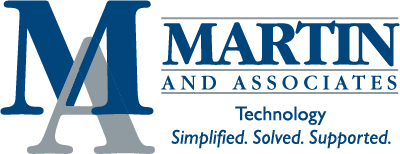At Martin & Associates, we know there is a large population of Acumatica customers who are overseeing parent company financials with multiple subsidiaries. Aggregating any number of subsidiary financial data sets, at times with more than one currency type, can be challenging without one of today’s powerful financial consolidation tools. Since data will continue to grow in amount and utility for making stronger decisions, more executives are beginning to look for the best solution to empower their business end users to consolidate financials into a unified set of financial reports. In this article, we’ll zoom in on your software options for Acumatica users who are responsible for financial consolidations, looking at the best choices for easy-to-use, powerful, and dynamic technology.
First, a definition. Financial consolidations is a term for aggregation of subsidiary transactional information to create a singular set of financial statements for a parent company. These reports are comprised of subsidiary data and directly showcase the parent organization’s collective financial status. Financial consolidations usually involve currency conversions, inter-company transactional eliminations, and any other adjustments that have to be performed manually with a modern consolidation solution. There are plenty of reasons to begin looking for today’s best consolidation tools, but two of the main reasons have to do with product age.
Your finance department could be shopping around for a consolidation tool for a myriad of reasons, but the two most common reasons have to do with how old your current product is in the context of modern business demands. Some might prefer to retire older technology that is too simple to meet today’s business needs, like manual Excel spreadsheet aggregations. Others are ready to upgrade from more mature tools that are too complex for business end users to manage, like Hyperion or Cognos.
We have opportunities all the time to have conversations with Acumatica users who manage international parent company financials – CFOs, Controllers, Accountants. These professionals have to make sure to convert currencies and meet national and international accounting rules, like the International Financial Reporting Standards (IFRS) to Generally Accepted Accounting Principles adjustments (GAAP), usually referred to as IFRS to GAAP. Some consolidation solutions offer deeper analyses with sub-ledger reporting and are part of a comprehensive suite of Business Intelligence (BI) tools, fully integrated with additional modules like ad-hoc reporting, financial planning, data visualizations, and data storage. But what do you really need to know before you start looking at financial consolidation options? This article will discuss all you need to know to fully upgrade your Acumatica consolidation experience.
To continue learning more about financial consolidation solutions for Acumatica, read the rest of this article here.
